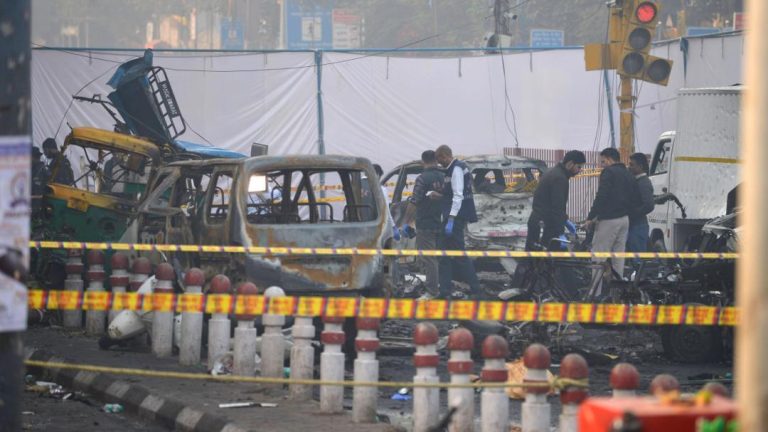
Israel Shares Map Showing J&K in Pakistan, Apologises Later
In a shocking turn of events, the Israel Defense Forces (IDF) recently shared a map on social media that showed the Indian Union Territory (UT) of Jammu and Kashmir as part of Pakistan. The move sparked outrage and criticism, with many calling it a grave mistake. The incident is a significant one, given the sensitive nature of the region and the ongoing tensions between India and Pakistan.
The map was shared by the IDF’s official Twitter handle, and it quickly went viral, with many users expressing their shock and disappointment. The map showed the UT of Jammu and Kashmir, which is a disputed region that has been a point of contention between India and Pakistan for decades, as part of Pakistan.
The incident did not go unnoticed, and soon, Congress leader Pawan Khera took to Twitter to target Prime Minister Narendra Modi. Khera, who is a vocal critic of the government, tweeted, “Another day, another feather in Vishwaguru’s cap. His ‘friend’ shows J&K as a part of Pakistan.” Khera’s tweet was met with widespread support, with many users expressing their outrage and disappointment.
The IDF later issued an apology, saying that the map was an illustration and did not depict precise borders. The apology was met with mixed reactions, with some users accepting it as a mistake, while others demanded a more concrete explanation.
The incident has sparked a heated debate about the sensitivity of the region and the need for accuracy in mapping. Many users have expressed their frustration with the IDF’s mistake, pointing out that it is not the first time that the organization has made a similar error.
The UT of Jammu and Kashmir has been a point of contention between India and Pakistan for decades. The region is claimed by both countries, and the Line of Control (LoC) that divides it is one of the most sensitive borders in the world. The region has seen numerous conflicts and skirmishes between the two countries, and the situation remains tense to this day.
In recent years, the situation has become even more complex, with the introduction of Article 370 and the subsequent changes in the region’s status. The article, which was revoked by the Indian government in 2019, gave special status to the region and allowed it to have its own constitution and flag.
The decision to revoke the article was met with widespread criticism, and the region has seen numerous protests and demonstrations since then. The situation remains tense, with both sides accusing each other of human rights abuses and violations of international law.
The IDF’s mistake has sparked a heated debate about the need for accuracy in mapping and the sensitivity of the region. Many users have expressed their frustration with the organization’s mistake, pointing out that it is not the first time that they have made a similar error.
In the past, the IDF has made similar mistakes, including a 2019 incident in which they shared a map that showed the Golan Heights as part of Syria. The region is claimed by Syria, and the move was seen as a provocative gesture by the Israeli government.
The incident highlights the need for accuracy and sensitivity when it comes to mapping and the need to respect the territorial integrity of countries. It also highlights the complexity of the region and the need for diplomacy and dialogue to resolve the issue.
In conclusion, the IDF’s mistake is a significant one, and it highlights the need for accuracy and sensitivity when it comes to mapping. The region is complex and sensitive, and it requires a nuanced and diplomatic approach to resolve the issue. The IDF’s apology is a step in the right direction, but it is not enough. The organization needs to take concrete steps to ensure that such mistakes do not happen again in the future.






